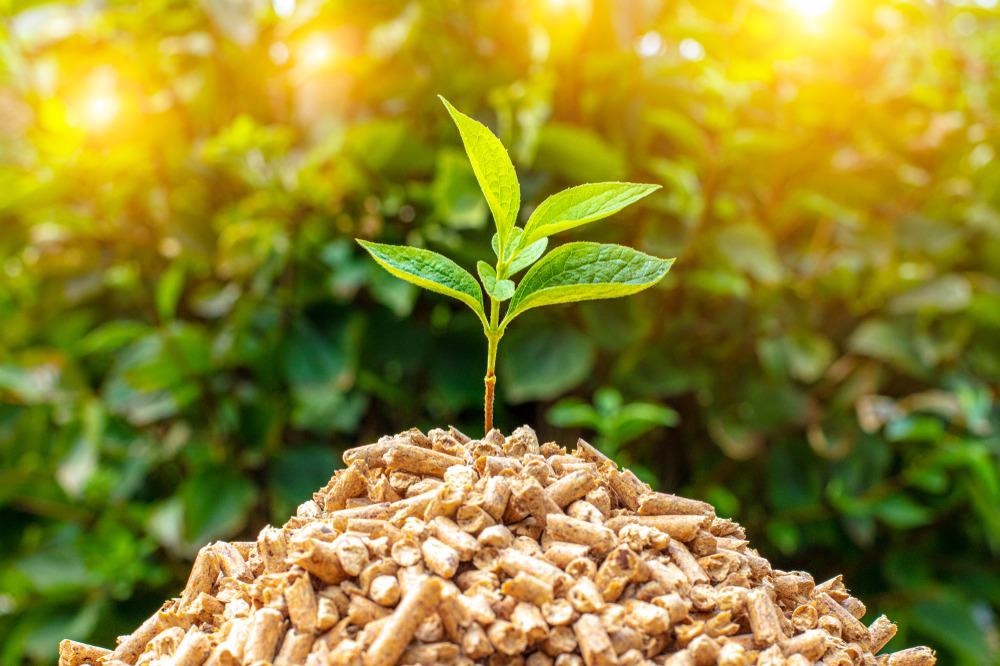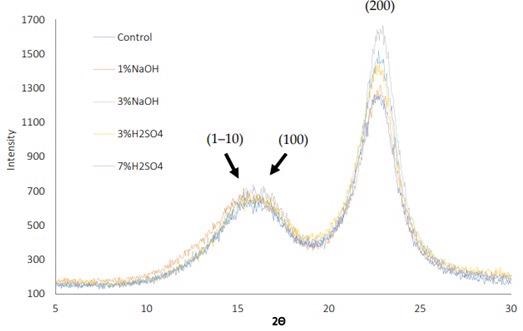A current paper in the journal Energies explores the quantitative and qualitative variability in lignocellulosic materials (biomass) actively engaged in methane fermentation, i.e., carbohydrates, as a consequence of industrial pre-treatment.

Study: Conversion of Carbohydrates in Lignocellulosic Biomass after Chemical Pre-treatment. Image Credit: gualtiero boffi/Shutterstock.
Introduction to Biomass
Carbon-neutral fuels derived from cellulosic biomass have the potential to play a substantial role in minimizing environmental challenges and satisfying the world's energy needs. However, the presence of chemicals in the cell wall that is resistant to bacterial activity impedes the utilization of biomass for energy, especially in anaerobic microbial fermentation.
Knowledge of the procedures, as well as the benefits and drawbacks of pre-treatment of biomass in readiness for fermentation, is extremely substantial. However, there is limited information in the literature about the measurement of biochemical events that happen during pre-treatment, which is important when estimating fermentation efficiency.
Cellulose and its Derivative Materials
Cellulose, a significant component of biomass cell walls, is a polysaccharide comprised of linear chains containing hundreds to thousands of repeating D-glucose units that are covalently bonded together. Because they are abundant, inexpensive, and sustainable, lignocellulosic wood resources may be utilized as biogas substrates.
Poplar is one such material, which has been chosen as the most promising species for energy production due to its quick growth even in low-quality soils. Poplar has a higher fiber percentage (42–49%), low ash and extractive concentration, and a medium lignin concentration (21–29%).
Because of these characteristics, it is a suitable substrate for the manufacture of biogas and other biomass-based compounds. It is, nevertheless, a wood substance with a high proportion of stiff lignin and crystalline cellulose. As a result, pre-treatment that stimulates carbohydrates extraction should be explored.
Biomass Fermentation and Pre-treatment
The crystalline structure of cellulose, its polymerization, interface permeability, and the existence of lignin all impede biomass fermentation. According to the literature, putting the raw resources to pre-treatment before the transformation has a favorable impact since it affects the physicochemical composition of the lignocellulosic materials. The most desired result of the degradation of lignocellulosic molecules in the methane fermentation process is glucose. Mechanical treatment, physicochemical procedures, and bioremediation are all methods of pre-treatment for lignocellulosic raw materials.
Research Findings
The hemicellulose content of the reference poplar specimen was 74.8 percent, whereas the holocellulose content of corn waste was 59.6 percent and 66.4 percent for corn husks and corn hay, respectively. As a result of the sulfuric acid pre-treatment, the percentage contribution of holocellulose dropped in poplar wood while increasing in corn waste. The variations discovered were statistically meaningful. The estimated percentage contribution of cellulose in the control material was 40.1 percent for poplar wood and somewhat less for maize waste, 31.2 percent, and 38.3 percent, respectively.
The researchers discovered a similar pattern for variations in cellulose share: from 41.9 percent in the control sample to 51.3 percent in the hydrolysis residual. The authors interpreted the rise in cellulose content as a result of higher hemicellulose decomposition during alkalization.
Investigations on the number of carbohydrates and arabinose in poplar wood revealed that each treatment option increased the quantity of glucose while decreasing the amount of arabinose. Acid and alkaline treatment of maize material resulted in increasing percent fractions of glucose. However, variations were seen when the proportions of arabinose were changed. Although the proportion of arabinose reduced after acid treatment, it increased after alkaline treatment.

Contents (g/L) of glucose and arabinose in Populus L. and corn waste before and after pre-treatment. Image Credit: Zborowska et al., Energies
Analyses of the crystallite size revealed that the type of feedstock utilized, as well as the alkalization temperatures, had a substantial influence. The executed chemical treatment resulted in a small increase in the degree of crystalline phase in the case of poplar cellulose. Excluding the substance processed with a 3 percent NaOH solution, no alterations in the crystalline phase were seen in the corn stover system.

X-ray diffraction pattern of poplar cellulose before and after pre-treatment. Image Credit: Zborowska et al., Energies
The findings of the carbohydrate composition and cellulose microstructure analysis indicate that the acidic or alkaline pre-treatments of poplar wood did not relate to its enhanced sensitivity to fermentation. The pre-treatments boosted the carbon content while also increasing the crystallite size and bond strength.
In summary, the effects of acid and alkaline treatment on the carbohydrates constituents of lignocellulosic materials were explored, and it was shown that corn components are more amenable to chemical alterations than those of poplar wood.
Further Reading
Zborowska et al. Conversion of Carbohydrates in Lignocellulosic Biomass after Chemical Pretreatment. Energies. 2022. 15(1). 254. Available at: https://www.mdpi.com/1996-1073/15/1/254